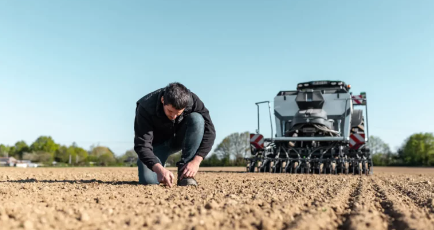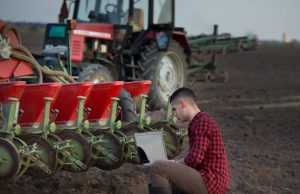Frequently Asked Questions (FAQs) – Seed Drill Mastery
Q1: What is a seed drill, and how does it work?
A: A seed drill is a precision farming tool designed to plant seeds at an optimal depth and spacing. It operates by precisely placing seeds in the soil, promoting uniform germination and healthier crop development.
Q2: Why is calibration important for a seed drill?
A: Calibration ensures the accuracy of seed placement. Proper calibration prevents issues such as uneven distribution and overcrowding, promoting consistent and robust crop growth.
Q3: How do I determine the optimal seeding depth for my crops?
A: The optimal seeding depth varies for different crops. Consult crop-specific guidelines or agricultural experts to determine the ideal seeding depth for the particular crop you’re cultivating.
Q4: How can I address soil variability when using a seed drill?
A: To address soil variability, regularly inspect and adjust the seed drill settings. Adapt the equipment to changes in soil texture, ensuring uniform seed placement across diverse terrain.
Q5: What maintenance is required for a seed drill?
A: Regular maintenance is crucial for seed drill longevity. Keep blades sharp, lubricate moving parts, and conduct routine inspections to ensure optimal performance and extend the lifespan of the equipment.
Q6: Is there any support available for further information?
A: For more information or assistance, feel free to reach out through the provided support link. Your inquiries and support are greatly appreciated.




